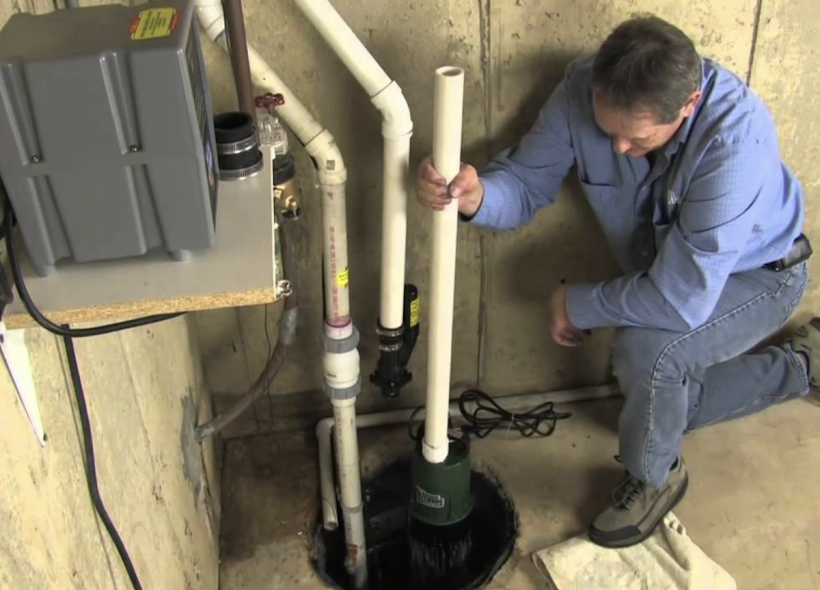With a sump pump, a home can avoid flooding because it eliminates moisture build-up and removes water from the sump basin. Homes and commercial buildings often have them in the basement. It can prevent water from collecting, which might eventually cause structural damage, flooding, and water damage.
Flooded basements are a nightmare for homeowners. And sometimes, this device might not work as designed because of a lack of sump pump repair. Considering this, sump pump owners should know six things to ensure it’s always working. We will discuss these in this article. Let’s get started.
1. Back It Up
A battery backup is a good idea if your home experiences an extended power outage or if your primary sump pump malfunctions.
There are several types available.
- Marine-grade batteries can power it for up to 12 hours.
- The second method involves pumping floodwater out of your sump pit using water pressure from your home’s water line.
Expect nothing to last forever. Similar to any moving equipment, sump pumps become worn over time and need replacement. In more critical cases, be ready to replace them sooner.
2. Regular Sump Pump Maintenance is Crucial
Regularly checking your sump pump repair is always a good idea to prevent any surprises. If your sump pump is not working, there are two ways to confirm it.
. Unplug and Re-plug the Pump
Two outlets should be visible in the outlet where you’ve plugged in your sump–the motor and float switch outlet.
Remove both plugs and connect only one to the pump. You may have to replace or repair your pump if it does not turn on immediately. After appropriately working, you can attach the other plug.
. Running Water Through Your Sump Pump
Pour enough water into the sump pit to raise the float until the pump automatically kicks in. Your pump may not work if the water level in the hole gets close to the top, but the switch still doesn’t work. Pumping the water out of the pit should lower the water level, removing most of it.
If you can’t add water to the pump, it’s possible to determine if it turns on by lifting the float arm. However, this method won’t guarantee that the water will pump out. Try not to run the pump for too long if you are testing it without water. It may damage the pump motor.
3. Clean the Pump
It would be best if sump pump owners rinsed the pump with the garden hose. They should scrape the first layer of grime off their tool after removing the first layer of dirt.
Any device should be able to scrape off anything caked. Use the hose once more to get it completely clean.
4. Sump Pump Lines Might Freeze
Sump pump lines can also freeze if the temperature drops too low, just like water lines. You’re more likely to experience this problem if someone has not buried them deeply enough.
To avoid freezing lines in the winter, we suggest contacting the property owner and having the sump pump installed adequately before moving in.
5. Be Proactive
It would be best if you took ownership of your system as a sump pump owner. Ask questions, learn how it works, and know who to contact if something goes against the plan. Keeping your system in good condition will save you money and prevent emergencies.
You can also be proactive by testing the sump pump battery backup in advance. Even if you have never experienced water damage in your home, you probably have heard enough horror stories to take precautions to avoid it. It’s for this reason that you might have a sump pump in your basement or crawl space.
6. A Backup Alarm System is Vital
You’ll receive an alert when the pump stops working, even if there’s a power outage when you install a battery backup alarm system. When your power goes out, and your primary pump cannot function, the backup pump could keep the water from overflowing your sump pit or causing a basement flood.
Battery-powered or water-powered backup pumps might come in handy. A soggy basement can damage your property and cost you thousands of dollars in repairs if you are not prepared.
Conclusion
Sump pumps are vital devices for homeowners. They could be the difference between saving your property and losing thousands, if not millions, of dollars in property.
It’s therefore vital for sump pump owners to know the above six things.
Laila Azzahra is a professional writer and blogger that loves to write about technology, business, entertainment, science, and health.
